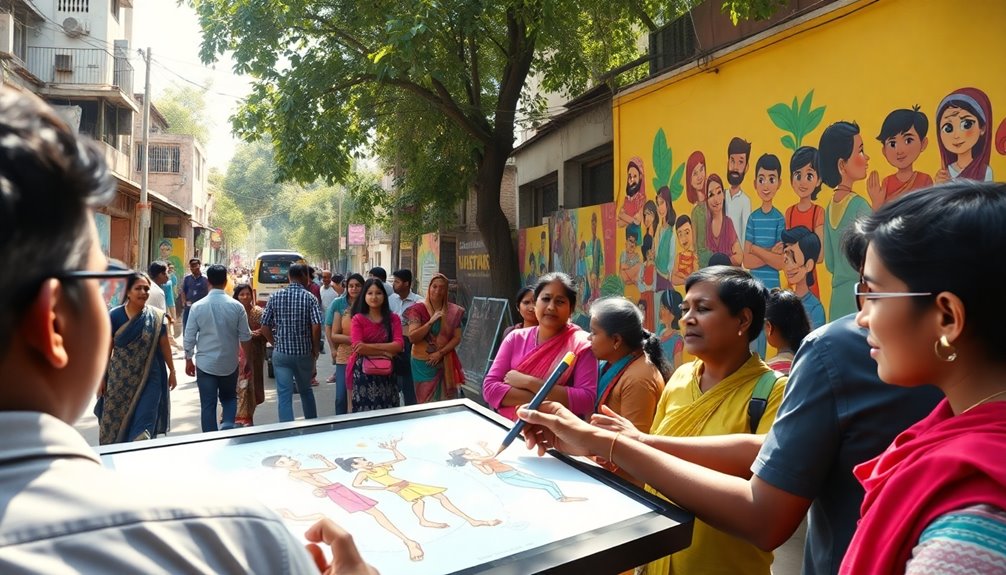Google's partnership with Toonsutra is poised to transform India's webtoon landscape, and you're about to see how. By integrating advanced AI technologies like Gemini 2.0 Flash, creators can enhance their storytelling and connect with a broader audience than ever before. This collaboration not only tackles language barriers but also celebrates India's rich cultural diversity. What could this mean for both creators and fans in a rapidly evolving digital space?

As India embraces the digital age, Google's advancements in AI are transforming the webtoon scene, making it more accessible and engaging for creators and readers alike. One standout player is Toonsutra, India's #1 webtoon app, which has caught the eye of Google's DeepMind for its innovative use of Gemini 2.0 Flash. This technology offers advanced multi-modal translation capabilities, allowing you to enjoy comics in multiple languages.
With over 3,100 titles and 250,000+ episodes, Toonsutra caters to India's vast mobile audience, ensuring everyone can find something that resonates. By backing Toonsutra, prominent investors like the Sony Innovation Fund and Crunchyroll co-founder Kun Gao help propel Indian creators onto a global stage. Imagine being able to share your stories with readers around the world, breaking free from local constraints. This expansion aims to create a large community of comic and webtoon enthusiasts in India.
This platform not only democratizes storytelling but also enables you to connect with a diverse audience that speaks various languages. The integration of AI tools like Dashtoon Studio supports creators in crafting compelling webtoons. This Indian startup utilizes generative AI to simplify the creative process, allowing you to easily change backgrounds, costumes, and more. Solar energy solutions can also inspire creative narratives within the webtoon genre, showcasing the intersection of technology and storytelling.
With Google Play's partnership with Dashtoon, you can also access a wider array of Korean webtoons, expanding your reading options. However, as exciting as this is, challenges like profit distribution and copyright protection for AI-generated works still loom over the industry.
India's large population, exceeding 1.4 billion, presents immense growth potential for the webtoon market. Regional preferences play a significant role in shaping content strategies, as the diverse landscape of India influences what stories resonate. AI tools like Gemini 2.0 Flash break down language barriers, enhancing accessibility and allowing you to enjoy global narratives in your native language.
Looking ahead, the future of AI in webtoons seems bright. Technological advancements promise even better translation and creation tools, which will help the market expand further. Partnerships between Google and Indian startups are key to this global outreach.
As the Korean webtoon market becomes saturated, innovation and growth through AI will drive the sector forward, ensuring that you, as a reader and creator, remain at the forefront of this vibrant digital landscape.









